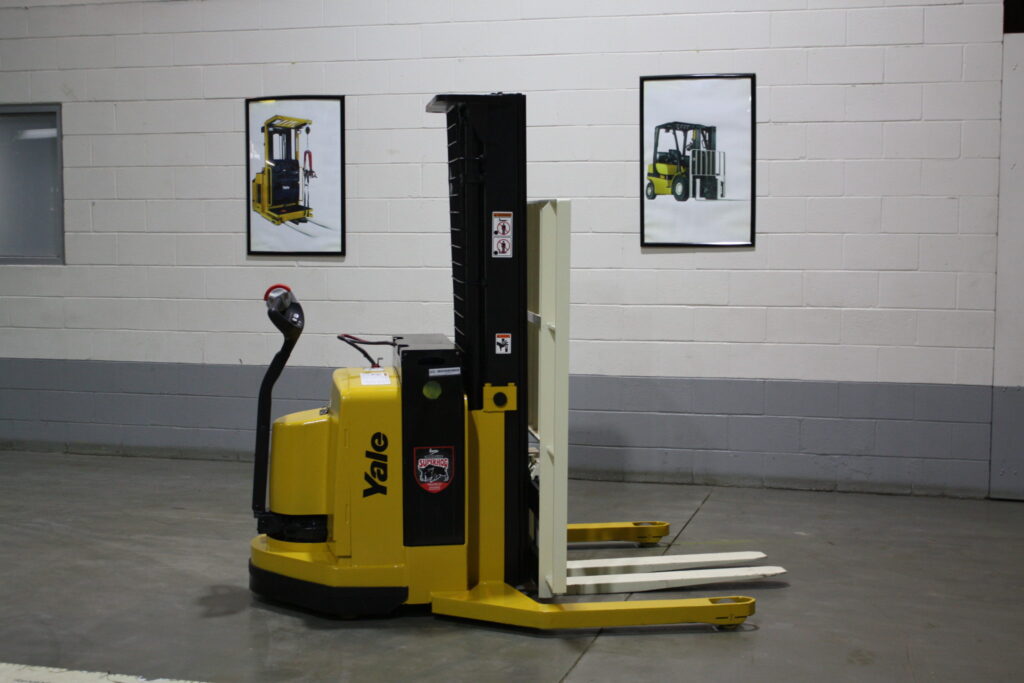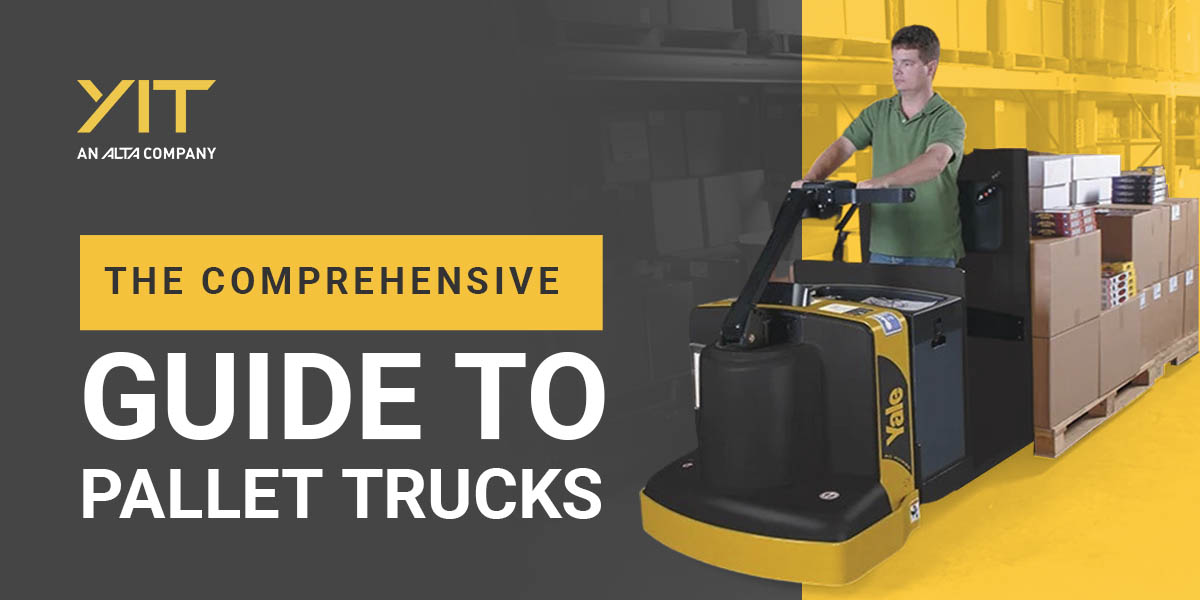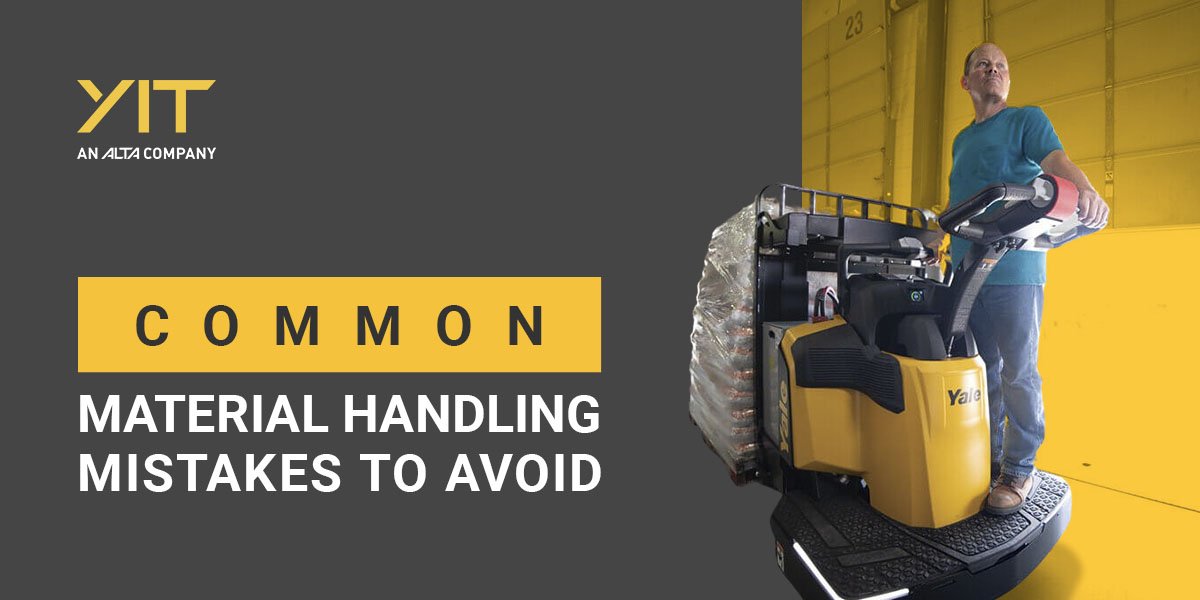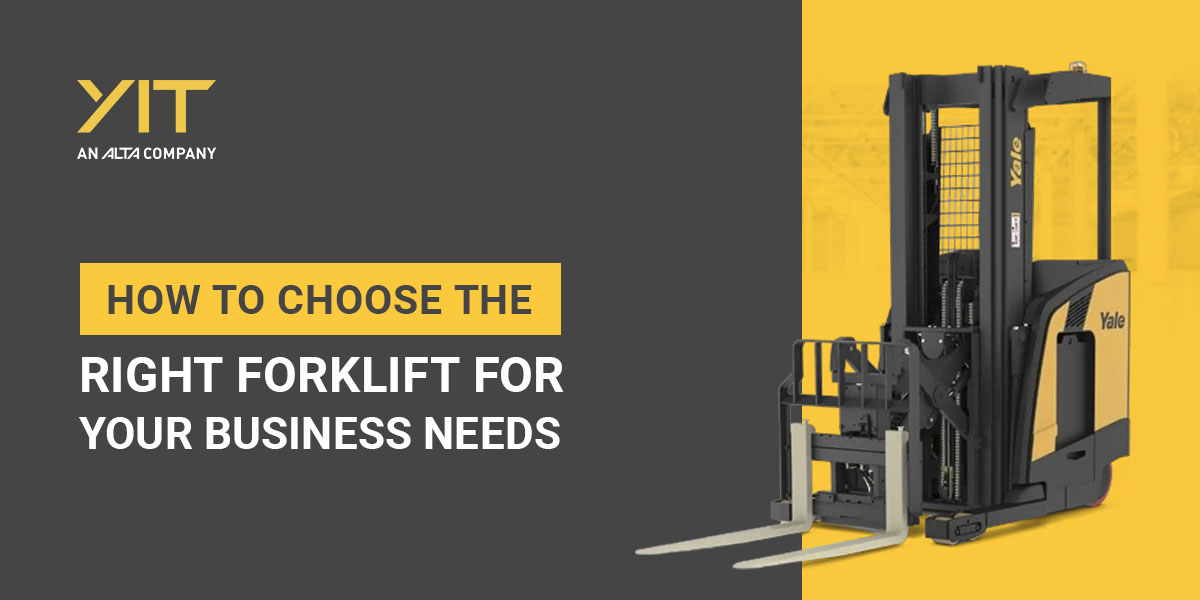Forklifts
Top 10 Forklift Safety Tips

October 29, 2021
Forklifts are an essential component of any successful warehouse or distribution operation. Lifts can quickly move heavy boxes, pallets and other materials, speeding up material handling in almost any facility. Nevertheless, lift truck operation can sometimes represent significant health hazards, especially when operators lack the proper safety training.
Safety Tips for Forklift Operators
Here are 10 lift truck safety tips to help ensure a smoother and safer work environment:
- Limit use to qualified operators: Only individuals who have received proper training, authorization and licensing should operate material handling equipment.
- Assess equipment: Before the beginning of every shift, lift operators should perform a comprehensive inspection of all equipment parts, including tires, brakes, fluids, hoses and safety features.
- Wear safety gear: Operators should wear all recommended personal safety gear, such as seat belts, boots and helmets, during lift operation. High-visibility clothing also allows pedestrians to see drivers between pallets and large loads.
- Perform route and floor inspection: Before driving a forklift, operators should inspect the planned route for any hazards or obstacles and move loose materials on the floor to create a clear path. Overhead clearances should be well above minimum requirements.
- Ensure load stability: Before transporting a load, operators should inspect the items for stability and balance. The load should be as secure and symmetrical as possible with a low center of gravity. Operators should place items as far back on the forks as they will go rather than on the tips.
- Verify weight capacity: Operators must know the maximum lift capacity specified in the manufacturer’s guidelines and how other factors affect weight and stability, like load centers, higher lifting heights and attachments.
- Maintain clear visibility: Operators should ensure the load is not high enough to obstruct their view during transport. If visibility is restricted, the operator should drive the forklift in reverse, except on a ramp.
- Move slowly: Forklift operators need to use good judgment based on the specific load, traffic conditions and other variables. The operator may need to go slower than the established limit to perform efficiently and safely.
- Stay alert: When approaching crosswalks and areas with high foot traffic, operators should slow down and remain aware of all pedestrians. Another essential safety tip for work sites requiring forklifts is ensuring all personnel are aware of the equipment’s frequent paths and know to stay mindful in those zones.
- Park properly: Operators should set the parking brake, lower the forks and set controls to neutral when finishing a shift or parking the lift truck.
Contact YIT Today
In addition to selling, renting and servicing lift equipment, YIT offers comprehensive training to both new and experienced forklift operators. To learn more about our operation certification and instructional courses, call us at (905) 851-6620, send us an email at training@yaleforklifts.com or contact us online today.



